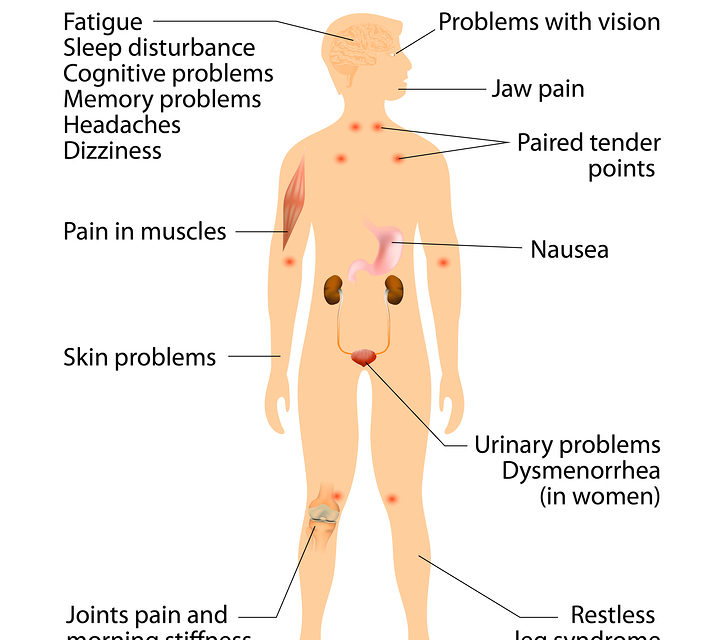The term “fibromyalgia” literally means pain in the muscles. In 1990 the American College of Rheumatology finally recognized fibromyalgia as a disease, and created criteria for diagnosing it. Fibromyalgia is present when there is a history of widespread pain, on both sides of the body, and above and below the waist. The pain must also exist on at least 11 of the 18 recognized tender points that characterize the disease. Fatigue and sleep disturbances are also common. The patient may also experience headaches, facial pain, heightened sensitivity, irritable bowel syndrome, mood changes, anxiety, or cognitive difficulties (called “fibro fog”). The symptoms can vary, depending on stress, physical activity, the time of day or even the weather. It is a difficult condition to diagnose, because symptoms vary from patient to patient and laboratory tests are generally normal. According to the Arthritis Foundation, about 2% of Americans suffer from fibromyalgia.
One nutrient that has been researched for the treatment of fibromyalgia is magnesium. Research appearing in The Journal of Nutritional Medicine (1994;4:165-167) found that fibromyalgia patients had significantly lower magnesium levels in their red blood cells than the osteoarthritic control group. In other research, a combination of magnesium and malic acid was given to fibromyalgia patients over a period of eight weeks in a study published in the Journal of Nutritional Medicine (1992;3:49-59). It was a small study, involving 15 patients, but supplementation with between 300 – 600 mg. of magnesium and between 1200 and 2400 mg. of malate did give patients some subjective improvement in tenderness and muscle pain. Another study published in the Journal of Rheumatology (1995;22(5):953-958) also found significant improvement with respect to pain and tenderness in subjects given magnesium and malate.






